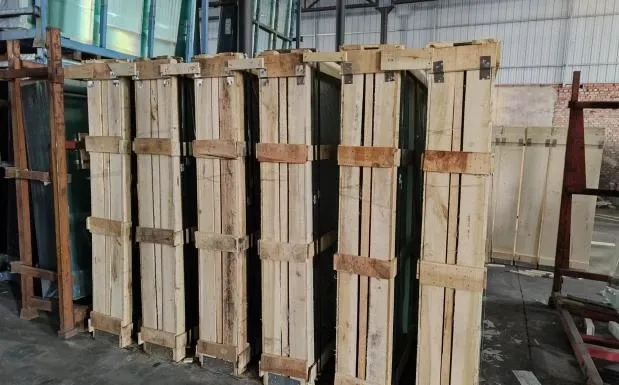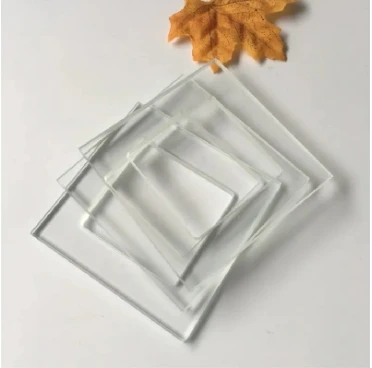Jan . 06, 2025 11:21 Back to list
clear float glass
Clear float glass, an essential component in modern architecture and interior design, has emerged as a product that fuses both functionality and aesthetics. This type of glass is renowned for its exceptional clarity, durability, and versatility, making it a preferred choice among architects and designers globally.

In the realm of architectural projects, clear float glass serves as a pivotal element, offering unparalleled transparency and light permeability. Its ability to allow maximum light transmission while maintaining optical clarity is unmatched, providing an unobstructed view that enhances the aesthetics of any space. The glass is manufactured using a process where molten glass is floated over a bed of molten tin, which ensures a uniform thickness and a smooth surface finish. This process also eliminates the distortion sometimes seen in other types of glass, making clear float glass the ideal option for both residential and commercial buildings.
From a technical perspective, clear float glass is available in a variety of thicknesses, usually ranging from 2mm to 19mm, which allows for its application in different settings, including windows, doors, glass partitions, and even curtain walls. The choice of thickness is often determined by the specific structural requirements and the desired level of safety and security. Thicker glass, for instance, can offer improved sound insulation and greater resistance to breakage, an important consideration in urban environments or high-rise buildings.

When discussing sustainability, clear float glass also makes a compelling case. It is fully recyclable, aligning with global trends towards eco-friendly and sustainable building materials. Furthermore, when coated with energy-efficient films, it can significantly reduce heat transfer, contributing to lower energy consumption within buildings. This feature not only aids in environmental conservation but also provides economic benefits by reducing heating and cooling costs.
clear float glass
For interior applications, clear float glass is extensively used to create sleek and modern furniture items, such as glass tables, shelves, and cabinetry. Its adaptability to various cutting, bending, and tempering techniques further expands its utility in custom-designed products that cater to diverse aesthetic preferences. Moreover, when laminated or tempered, clear float glass offers increased safety, which is especially important in environments frequented by children or the elderly.
As an industry standard, clear float glass is also subjected to stringent quality controls to ensure it meets international safety and performance standards. This includes tests for strength, optical quality, and durability. Such rigorous testing guarantees that the glass products delivered to consumers maintain the highest levels of quality and safety, reinforcing trust in both the material and the manufacturers.
In terms of market trends, the demand for clear float glass is steadily rising, driven by an uptick in construction activities and a growing emphasis on natural light in building designs. As urban architecture evolves, so does the innovation in glass technology, leading to the development of advanced features such as low emissivity (low-E) coatings and self-cleaning properties.
In conclusion, clear float glass stands out not only for its aesthetic appeal but also for its practicality and contribution to sustainable architecture. Its widespread adoption across various industries signifies its pivotal role in shaping modern living and working environments. As advancements in glass technology continue, it is expected that clear float glass will further integrate into our everyday spaces, reflecting the ideals of transparency, functionality, and sustainability.
-
What Is Float Glass- All You Need to Know
NewsJun.04,2025
-
How Is Tempered Glass Made?
NewsJun.04,2025
-
What is Tempered Glass and What It's Used For?
NewsJun.04,2025
-
Different Types of Tempered Glass: Choosing the Right Solution for Your Application
NewsJun.04,2025
-
What is the Difference Between Float Glass and Normal Glass?
NewsMay.30,2025
-
Differences Between Float Glass, Tempered Glass and Laminated Glass
NewsMay.29,2025
Related PRODUCTS














